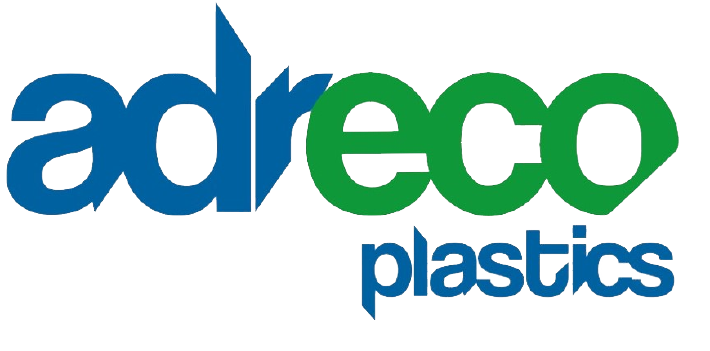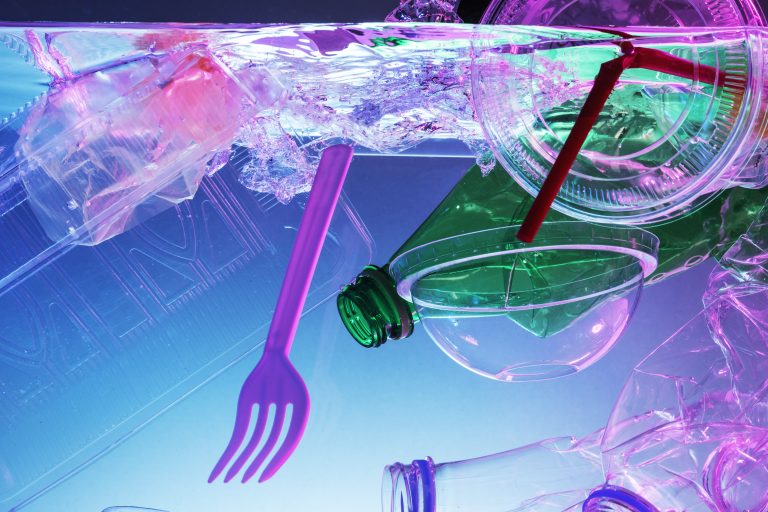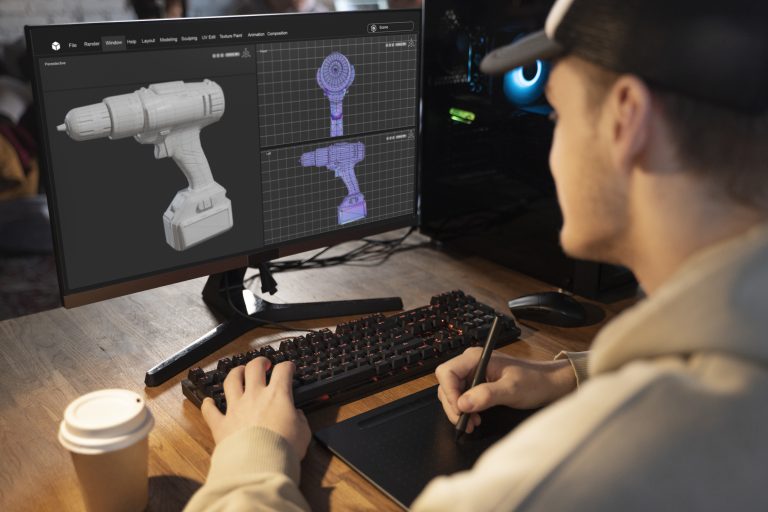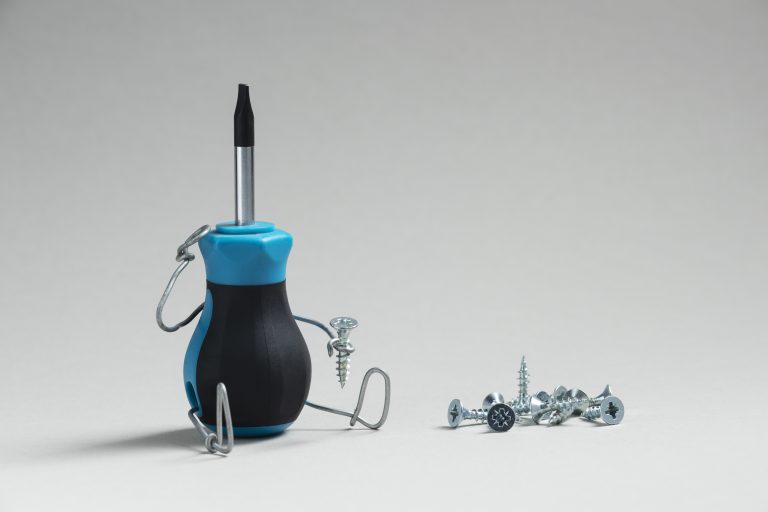Rotational injection moulding, or rotomoulding, is a great technique for making hollow plastic parts and components. It has been around since the 1950s and produces aesthetically pleasing, strong components that are durable and versatile, used across multiple sectors in a range of applications. Almost all items manufactured using rotomoulding are made from polyethylene and other thermoplastics, which are ground into a fine powder, rather than being inserted into the machine as granules.
The Rotomoulding Process
The process involved in rotational injection moulding differs from most other injection moulding processes as it does not use pressure to form the required shapes. Rather, it works by placing a raw plastic material in a powdered form inside a hollow mould, usually made from cast aluminium or sheet steel. The mould is sealed and slowly rotated on two perpendicular axes. At the same time, it is heated up to allow the powder to melt into liquid plastic and coat the inside of the mould.
The melted plastic then coats the mould several times, building up the layers until the part is finished and the desired thickness is reached. Then, it is transferred to the cooling station in a process known as ‘demoulding’ and allowed to cool down and solidify. The part is quality tested and checked for flaws, cracks, leaks etc. The whole cycle can last anything between 20 minutes and several hours, depending on the size and thickness of the part being created.
While rotomoulding may seem straightforward, it’s actually quite complex. Unlike processes that use pressure, like injection moulding, rotomoulding is more like casting. This makes it challenging to ensure the material layers evenly on the mould. It’s crucial to maintain consistency in these layers to avoid defects like air bubbles or weak spots in the part’s walls. Achieving this requires careful control of various factors such as temperature, humidity, powder quality, and mould design to minimise any inconsistencies.
Benefits Of Rotational Injection Moulding
Rotomoulding has many benefits for manufacturers looking for a cost-effective, efficient and quality manufacturing process. There are low tooling costs due to the elimination of pressure from the process. Moulds are inexpensive to create, so prototype work and lower volumes of production can be economical too. The process also makes it easy to design and make complex shapes requiring intricate designs and multiple sections. This is partly because it produces hollow shapes that can accommodate such requirements as stiffening ribs and moulded inserts.
Rotomoulded parts are also aesthetically pleasing, with huge flexibility in design, colours and textures, as well as a seamless finish and no weld lines. The main surface area of the walls is seamless and uniformly thick if the correct molten plastic layering techniques have been undertaken. However, rotomoulding can also produce corners and edges that are slightly thicker inside, which helps with structural integrity without compromising on design or overall finish. There is pretty much no limit as to the size or shape of hollow products that the process can create. Many of the plastics used can be recycled too, making the process more sustainable than others, which only used single-use plastic materials.
Rotational Injection Moulded Applications
Rotational injection moulded products can be found in every single sector, and used for multiple vital applications. Some examples include water filtration systems, chemical storage tanks and oil drums for the industrial and construction sectors and containers, pallets and cooler boxes for transport and logistics customers. Elsewhere, the process is used to make garden and outdoor products such as water butts, compost bins, plastic furniture and garden planters. Agricultural customers regularly purchase hollow plastic items such as feed containers, rain barrels, tractor dashboards, septic tanks and more.
Rotomoulding is also used in the leisure sector for kayaks, canoes and boats, as well as for playground equipment such as ride-on toys and balls. It is also commonly used in the environmental industry for equipment, such as road cones, bollards, road signs and litter bins. The process is also ideal for the marine world for floats, buoys and pontoons, while interior designers will recognise the benefits of using the process to create interesting lighting components, furniture and storage solutions. The list of applications and industries goes on and on.





